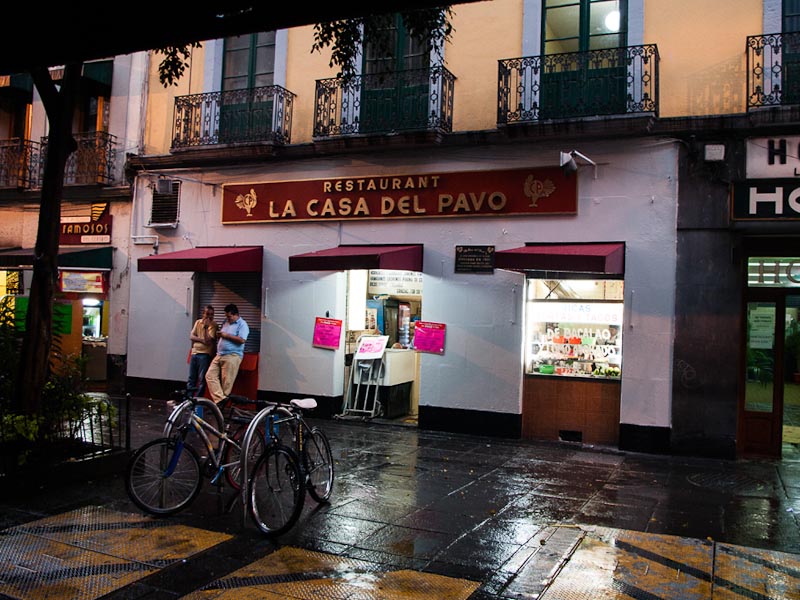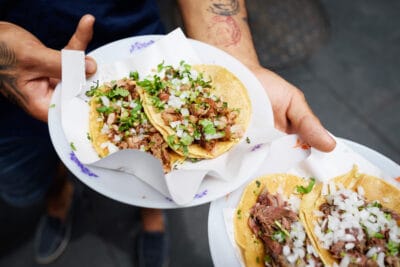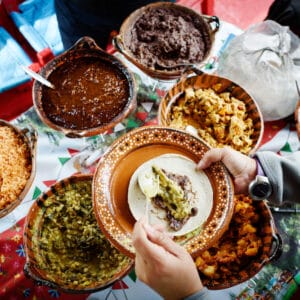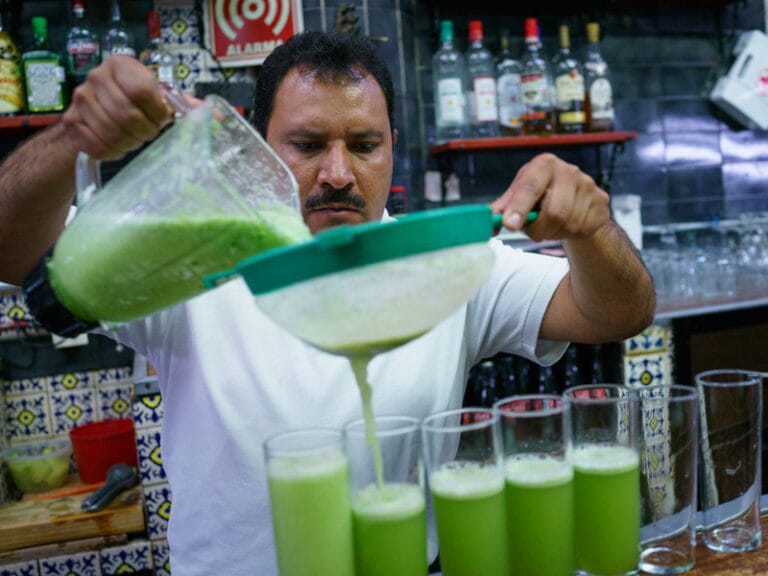We can't find the internet
Attempting to reconnect
Something went wrong!
Hang in there while we get back on track
Spring (Food) Break: The Mango Has Landed in Mexico City
We can't find the internet
Attempting to reconnect
Something went wrong!
Hang in there while we get back on track
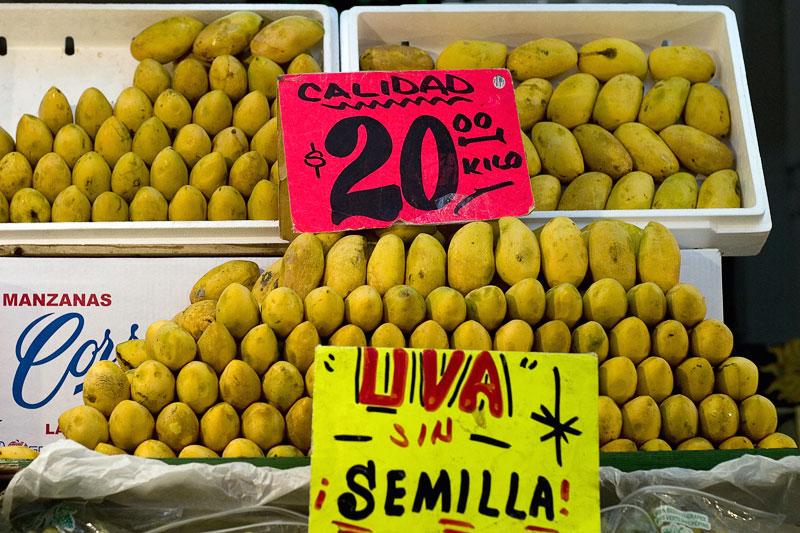
Related Stories
We can't find the internet
Attempting to reconnect
Something went wrong!
Hang in there while we get back on track
Book our Award-Winning Mexico City Food Tour
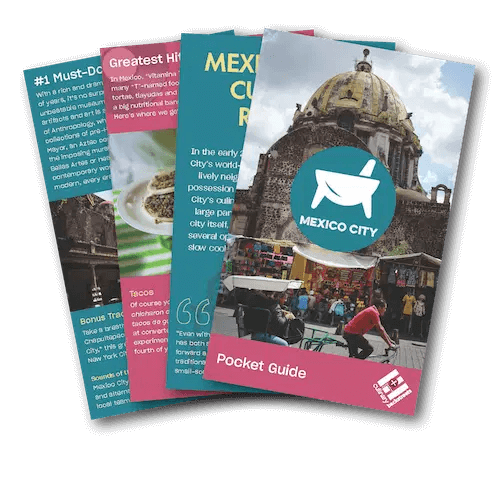
Get Your Free Mexico City Pocket Guide
Introducing our pocket-sized Mexico City guide — perfect for your next culinary adventure. Yours free when you sign up for our newsletter.



